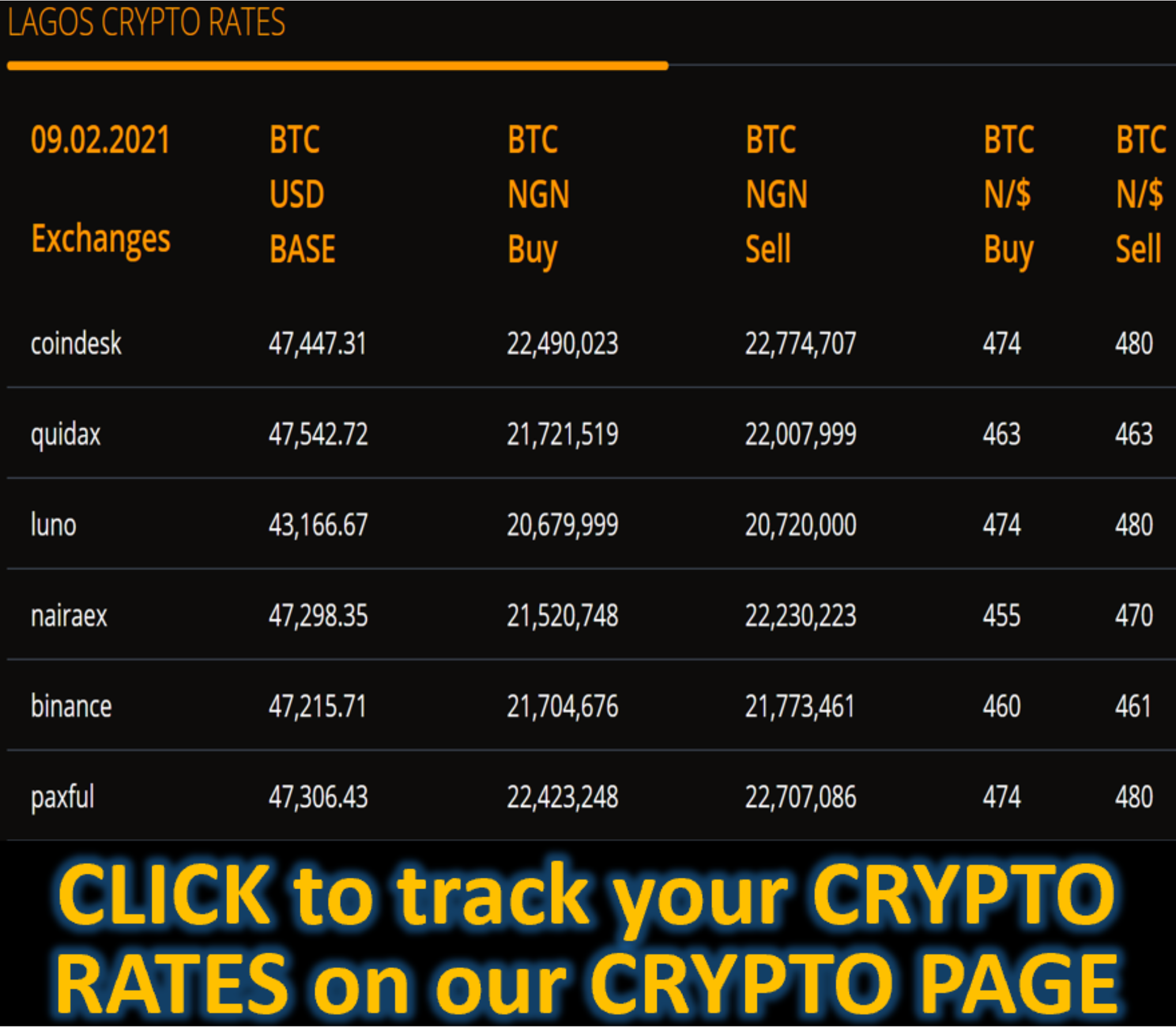Market News
China PMI surprises as factory activity contracts in January; December industrial profits jump - CNBC
BY Anniek Bao
Key Points
- The official purchasing managers’ index for January came in at 49.1, data released by the National Bureau of Statistics on Monday showed. Reuters poll had estimated a reading of 50.1.
- China’s industrial profits in 2024 fell 3.3% from the previous year, extending declines to a third consecutive year.
- “The disappointing PMI data underscores the difficulty policymakers face in achieving a sustained recovery in growth,” said Zichuan Huang, China economist at Capital Economics.
China’s factory activity in January unexpectedly contracted, in part due to a slow season ahead of the Lunar New year, reversing the growth seen in the previous three months and keeping alive calls for stronger fiscal support to boost the economy.
The official purchasing managers’ index for January came in at 49.1, data released by the National Bureau of Statistics on Monday showed, compared with Reuters poll estimates of 50.1.
PMI had stayed above the 50 mark that separates expansion from contraction for the past three months, coming in at 50.1 in December, 50.3 in November and 50.1 in October, according to the official data.
The manufacturing PMI in January tends to be softer, as migrant workers return to hometowns ahead of the Chinese New Year, which falls on Jan. 29, said Hui Shan, chief China economist at Goldman Sachs.
The blue-chip CSI 300 reversed gains earlier in the day to trade slightly lower, following the data release.
Despite the softer manufacturing PMI, the overall demand outlook appears positive, said Bruce Pang, senior research fellow at the National Institution for Finance and Development, citing stronger readings in two price sub-indexes.
The indexes measuring price levels for purchasing and selling major raw materials improved in January — albeit still in contraction territory — Zhao Qinghe, senior statistician at the NBS said in a press release. A gauge of companies’ production and operation activity outlook expanded to 55.3, Zhao added, showing that most manufacturers were increasingly confident about business expansion after the holidays.
Advertisement
China’s non-manufacturing PMI, which measures services and construction activity, fell to 50.2 in January, compared to 52.2 in the preceding month.
The services PMI rose 50.3, less than the prior month, but still expanding given holiday-induced demand, especially in sectors benefiting from the seasonal travel rush, such as public transportation, hotels, food and beverage industries, NBS’ Zhao said.
The construction PMI fell to 49.3, as activity stalled in the lead up to the festival.
“The disappointing PMI data underscores the difficulty policymakers face in achieving a sustained recovery in growth,” Zichuan Huang, China economist at Capital Economics, said in a note.
While the economic activity might pick up in the coming months as policymakers are likely to step up stimulus and front-load deficit spending at the start of 2025, the economy is still struggling amid the structural headwinds and tariff threats from the new U.S. administration, Huang said.
Dwindling profits
China’s industrial profits in 2024 fell 3.3% from the previous year, extending declines to a third consecutive year. In December, however, profit jumped 11% from a year earlier, growing for the first time since July.
Advertisement
Corporate profits have been recovering from a sharp 27% year-on-year plunge in September — their steepest drop since March 2020 during the Covid-19 pandemic. They had dropped 7.3% on year in November and 10% in October, as a slump in the real estate sector and bleak income prospects continued to weigh on consumer demand.
Industrial profits are a key indicator of the financial health of factories, utilities and mines in China.
The world’s second-largest economy met official annual growth target last year, expanding 5.0%, as a barrage of stimulus measures kicked in. Economists had pointed to the industrial output growth outpacing retail sales, underscoring the country’s supply-side strength while domestic demand remained weak.
The manufacturers for consumer goods saw steady growth in their profits, increasing 3.4% last year from a year ago, NBS statistician Yu Weining said in a statement, boosted by policy incentives for consumption and strong exports.
A PMI sub-index measuring China’s new export orders stood at 46.4 in January, its lowest level since February last year. The level was “not bad” given the seasonality factor during Chinese new year, Pang said, noting that “the frontloading of exports due potential trade tensions is still ongoing.”
Chinese exporters have been rushing to frontload shipments due to worries over potential tariff hikes. U.S. president Donald Trump has threatened to impose additional 10% tariffs as soon as Feb. 1. During his campaign trail he had suggested tariffs upward of 60% on Chinese goods.
China’s economic downturn has not yet seen a “turning point,” Goldman Sachs’ Shan said, given still-weak domestic consumption and uncertainty over the scale and timing of U.S. tariffs. “The bottom line is that we do need a large stimulus from the government to even have a chance to improve inflation and confidence,” she added.









